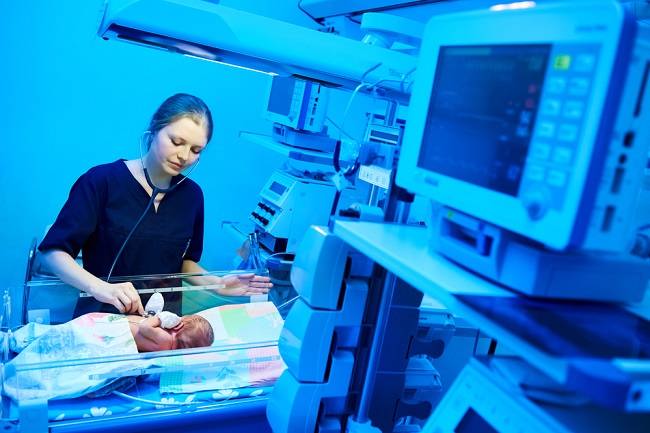Recognizing the Differences of NICU and PICU
In addition to adults, there are also special care facilities for babies and children in hospitals. Two of these facilities are NICU ( Neonatal Intensive Care Unit ) and PICU ( Pediatric Intensive Care Unit ). A what are the differences between NICU and PICU?
These two types of health facilities are intended for infants and children with critical conditions requires intensive care. To find out more about the differences between NICU and PICU and their functions, see the following explanation.

Differences in NICU and PICU
Although at first glance it looks similar, NICU and PICU actually have the following differences:
NICU
NICU is an intensive care unit that is provided specifically for newborns who are critically ill or have severe health problems. The age range of patients treated in the NICU room is newborns to 28-day-old babies.
Some conditions that make babies need treatment at the NICU are babies born prematurely, having severe congenital defects, experiencing respiratory failure , severe infection (sepsis), suffering from dehydration, or severe bleeding.
The NICU room is equipped with various medical equipment to deal with critical conditions, including:
-
breathing apparatus In the NICU room there are various breathing aids, such as oxygen cylinders, hose or oxygen masks, and ventilator machines. This equipment is used to help babies who have difficulty breathing or cannot breathe at all. In treating babies with severe respiratory problems, doctors often need to intubate to attach a breathing hose which will then be connected to a ventilator machine, to help the baby breathe.
- Heating machines baby ( infant warmer )
Newborns, especially premature babies, have less fat tissue and are at risk for cold or hypothermia. Therefore, a baby warmer is needed so that his body temperature stays warm.
- Incubator
Incubator is a tool in the form of a special box for babies with walls from thick and transparent plastic that has a temperature regulator to prevent the baby from getting cold. This tool also functions to protect babies from infection.
- Monitor vital signs
In the NICU room there is a monitor to monitor baby's vital signs , which includes oxygen levels in the blood, respiratory rate, heart rate, body temperature, and baby's blood pressure. The NICU room is also equipped with a variety of other tools needed to support infant health, such as phototherapy devices and food hoses that will be attached to the baby's nose or mouth for breastfeeding or formula milk.
PICU ( Pediatric Intensive Care Unit )
Unlike the NICU specifically for newborns up to 28 days old, PICU is specifically for infants over the age of 1 month and children aged 1 to 18 years with critical conditions.
Severe and potentially fatal conditions in older infants and children who need treatment in PICU include severe asthma, severe dehydration, bleeding due to severe injury or accident, sepsis, organ malfunction, poisoning, and meningitis.
Babies and children who have just undergone major surgery also usually need to be treated for some time in the PICU room.
Similar to the NICU, the PICU room is also equipped with various medical equipment for it k monitor and treat the condition of babies and children who are critical, starting from incubators, phototherapy devices, ventilator machines, oxygen cylinders, to child-specific heart shock devices.
Care at R NICU and PICU money
Besides being equipped with various medical equipment, PICU and NICU rooms are also equipped with various emergency medicines, such as dobutamine and epinephrine, which when -time can be needed if the patient's condition is getting more critical.
While being treated in this intensive room, infants and children with critical conditions will be closely monitored and evaluated by a medical team consisting of general practitioners, pediatricians , and nurses.
In this intensive room, parents can accompany a sick child, but the number of other visitors and visiting times will be limited. The aim is to create a calm and comfortable atmosphere for patients, and to prevent patients from getting infections.
The principle of handling critical baby and child patients in this intensive room is actually not much different. The difference between NICU and PICU lies in the age group of patients, which of course will affect the type and size of the devices in it.
Label : Health
Comments
Post a Comment